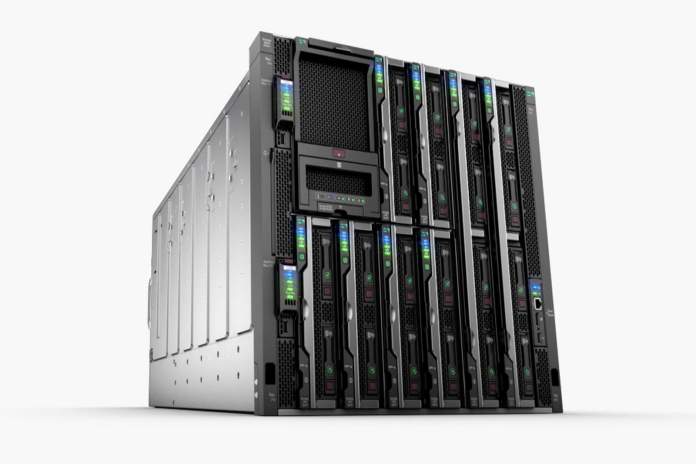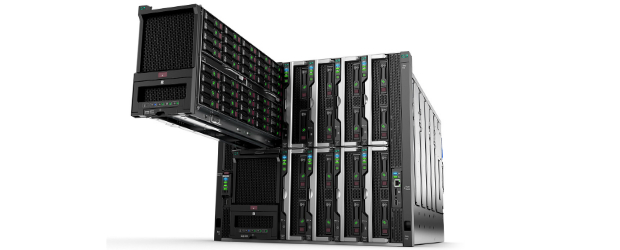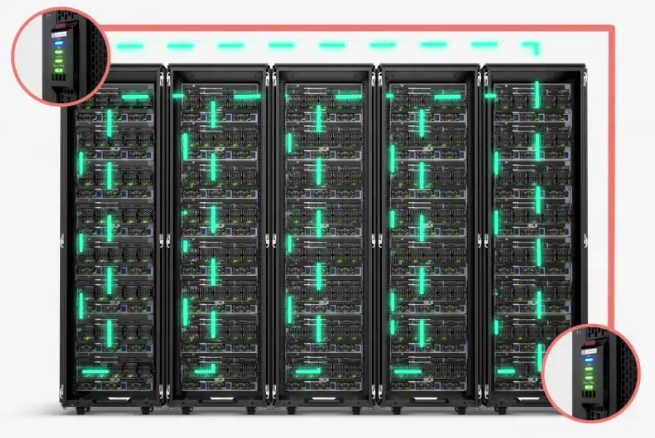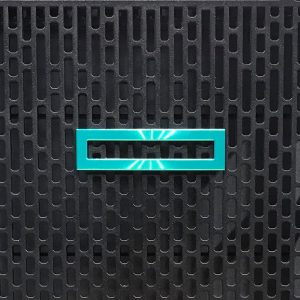Recently, HPE invited me out to California for HPE Tech Day, and also the Nth Symposium. I had a great time, and was happy to see what HPE has been up to!
During the Tech Day briefing, I was introduced to a term I hadn’t heard before – Composable Infrastructure.
Let’s start with the definition:
A composable infrastructure is a framework whose physical compute, storage and network fabric resources are treated as services. In a composable infrastructure, resources are logically pooled so that administrators don’t have to physically configure hardware to support a specific software application. Instead, the software’s developer defines the application’s requirements for physical infrastructure using policies and service profiles and then the software uses application programming interface (API) calls to create (compose) the infrastructure it needs to run on bare metal, as a virtual machine (VM) or as a container.
(http://searchitoperations.techtarget.com/definition/composable-infrastructure)
This all sounded vaguely familiar to me. We are doing this already on all sorts of blade systems now, right? Actually not so much.
Current blade systems already make use of policies to consume compute and network to an extent – but doesn’t offer much in terms of disk, or container support.
Enter HPE’s Synergy.
With Synergy, not only is compute and fabric a consumable, storage is as well. By building this new infrastructure from the ground up, HPE is focusing on the DevOps-minded business that needs to be agile in its consumption of IT resources.
What I found most fascinating was the storage unit that can be inserted into Synergy. up to 40 drives can be in each Synergy Unit. These drives are consumable via policies.
- Need a Physical SQL server with 2 disks in a Raid1 for OS, 2 SSDs for logging, and some in a Raid 5 for some data? No problem.
- Need 4 ESXi servers running VSAN? No problem, Each ESXi server can be assigned an SSD and some SAS drives for a Hybrid VSAN deployment.
- The storage can be consumed as DAS, SAN, SDS, file, block, and object.
There are many more options. In fact, you can actually consume 3PAR storage attached to Synergy in the same manner!
Synergy can scale too. Each unit is not a stand-alone consumable. In fact, you can connect many units together! With high-speed data links between them, consuming resources outside a single unit is possible.
Composer Modules are the brains of this software defined beast. They handle all the policies, deployment, and consumption of resources.
I really like the direction HPE has gone here. Hopefully, I can get some hands on with Synergy in the future!
Watch the HPE Tech Day Video:
*disclaimer*
HPE has not asked me to, nor reviewed what I have written. There is no obligation on my part to write about anything presented.






